Scientist-led conferences at Harvard, Stanford and MIT
-
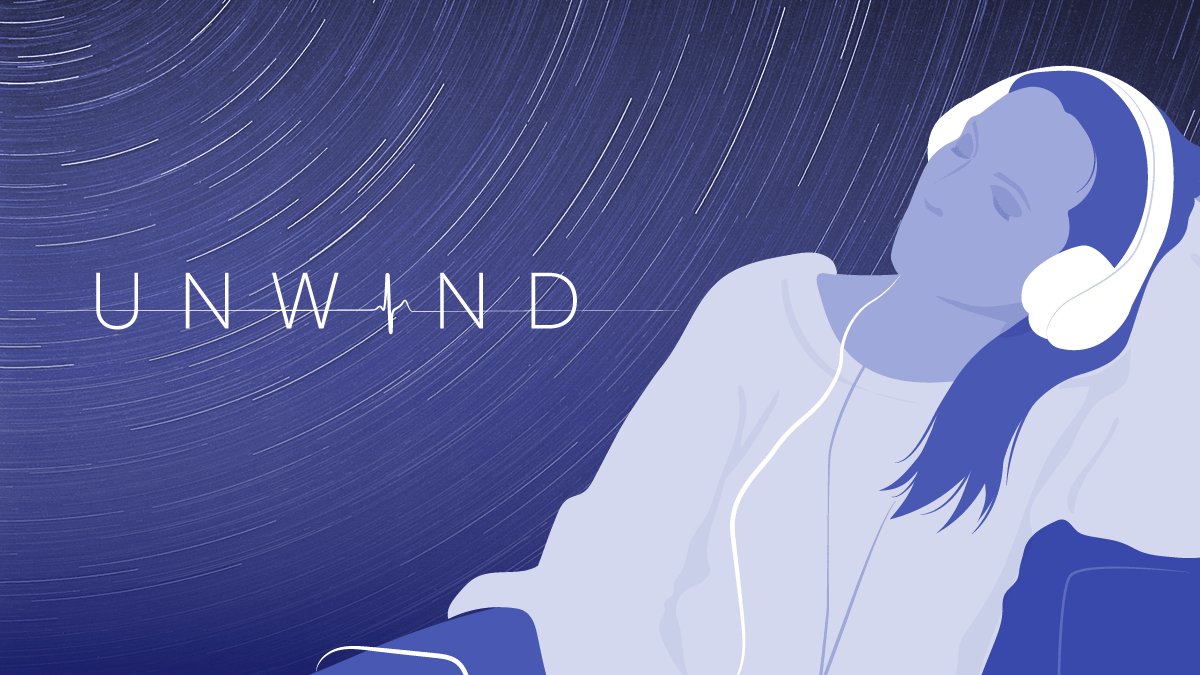
AI driven, music-triggered brain state therapy for pain, sleep, stress, gait
The Sync Project has developed a novel, music-based, non-pharmaceutical approach to treating pain, sleep, stress, and Parkinson’s gait issues. Recent studies showed Parkinson’s patients improved their gait when listening to a song with the right beat pattern, and post surgery patients used 1/3 the amount of self-administered morphine after listening to an hour of music.…
-

Algorithm-adjusted exoskeleton enables movement optimization, personalization
Juanjuan Zhang, Steven Collins and CMU colleagues have developed an algorithm that enables ankle exoskeletons to adapt to the wearer’s walk called “Human in the Loop Optimization.” In a recent study, by using indirect calorimetry to measure metabolic rates, torque was adjusted while users were walking, running, and carrying a load. At this stage, a…
-
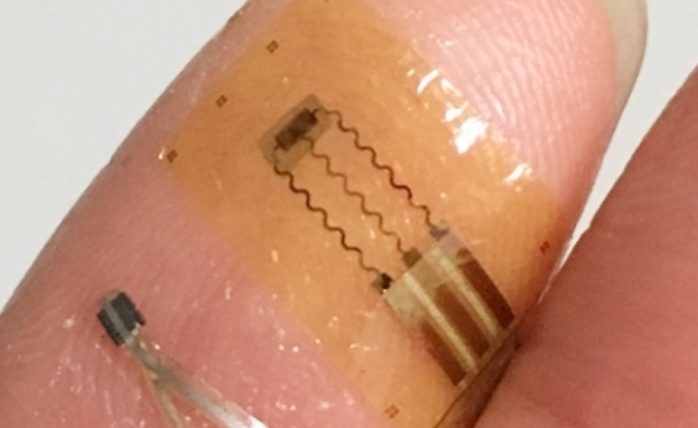
Thin, flexible, adhesive, continuous, cuffless blood pressure sensor
Zhao Ni and Yuan-ting Zhang of the Chinese University of Hong Kong have developed an ultra-thin, waterproof, cuffless blood pressure sensor that can be worn on the wrist, woven into clothes or bed sheets, or integrated into an earpiece. The monitor detects blood flow and monitors health data through color reflected by skin and image depth.…
-
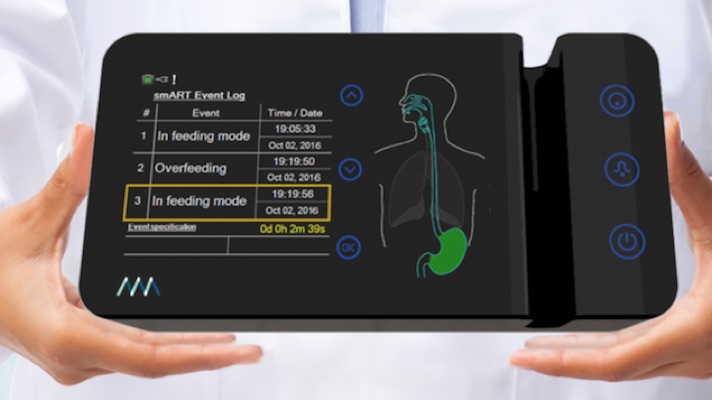
Sensor-embedded respiration, feeding tubes in the ICU
Art Medical‘s sensor-embedded feeding and respiratory tubes provide continuous measurement of gastric reflux and, saliva. These secretions, currently measured manually in the ICU, can cause aspiration pneumonia and ventilator associated pneumonia, which can prolong hospital stays, or cause death. Urine output is also measured, in an attempt to prevent kidney failure. The company’s digestive, respiratory, and…
-
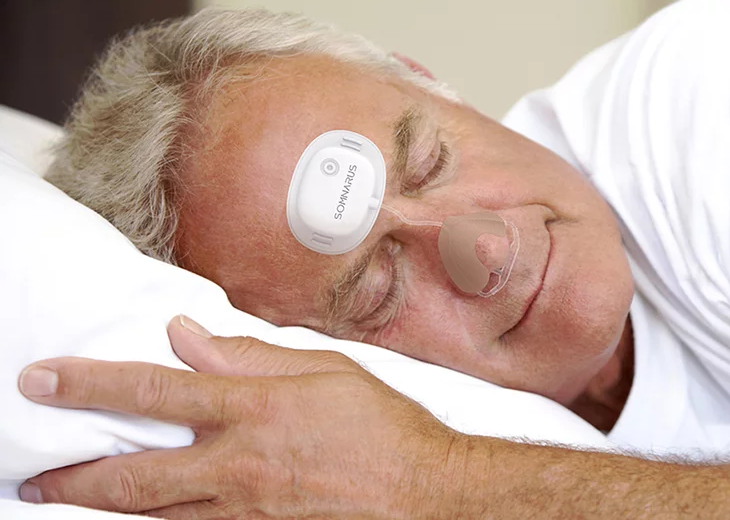
Adhesive patch + nose wearable detect sleep apnea
Somnarus has developed a disposable, adhesive patch that detects obstructive sleep apnea at home. The SomnaPatch is worn on the forehead, wth an addtional piece on the nose. It records nasal pressure, blood oxygen saturation, pulse rate, respiratory effort, body position and how long a patient is asleep. An 174-patient study showed that results from the…
-
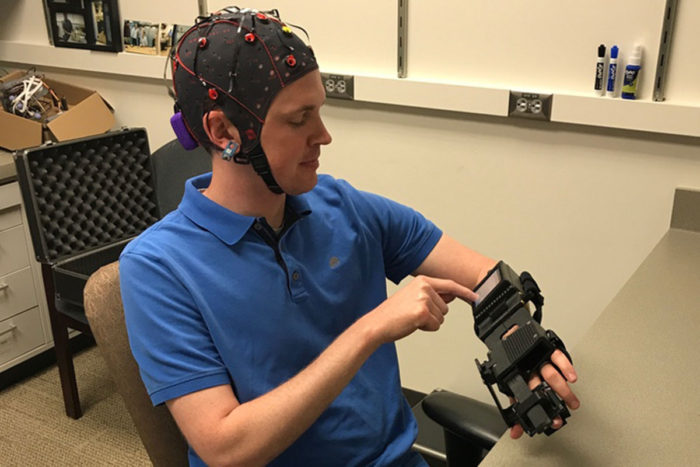
BCI-controlled exoskeleton helps motor recovery in stroke
Ipsihand, developed by Eric Leuthardt and Washington University colleagues, is a brain controlled glove that helps reroute hand control to an undamaged part of the brain. The system uses a glove or brace on the hand, an EEG cap, and an amplifier. One’s hands are controlled by the opposite side of the brain. If one hemisphere…
-

EEG detects infant pain
Caroline Hartley and Oxford colleagues studied 72 infants during painful medical procedures. Using EEG, they found a signature change in brain activity about a half-second after a painful stimulus. They seek to understand its use in monitoring and managing infant pain, as well as the use of EEG in adult pain treatment. EEG is more precise than current heart rate,…
-

Graphene sensor detects asthma attacks early
Azam Gholizadeh, Clifford Weisel, and Rutgers colleagues have created a graphene sensor for early molecular diagnosis of asthma attacks. The goal is the development of wearables that will alert users to take medicine, as well as determine appropriate dosages. Current non-invasive detection methods, such as spirometry, are limited in characterizing the nature and degree of…
-
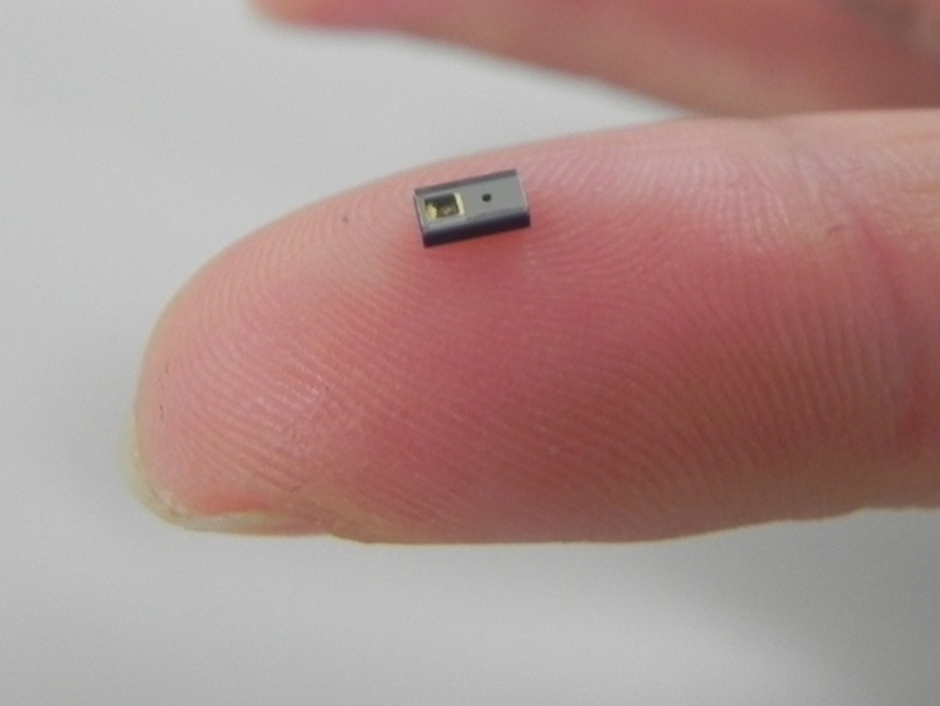
Earbud sensor reportedly measures blood pressure, dehydration
As health sensors become more discreet, and fused with commonly worn devices, Kyocera has integrated a tiny, optical sensor into its earbud. The hybrid music/phone/health use wearable measures blood flow in hypodermal tissues using Laser Doppler velocimetry. It can monitor nerve and blood pressure, levels of dehydration, and possible signs of heat stroke. Sleep monitoring can…
-

VR studied for PTSD, phobia treatment
Emory’s Jessica Maples-Keller has published a study demonstrating the effectiveness of VR in treating PTSD, phobias, and other mental illnesses. She describes the treatment as allowing “providers to create computer-generated environments in a controlled setting, which can be used to create a sense of presence and immersion in the feared environment for individuals suffering from anxiety disorders.”…
-
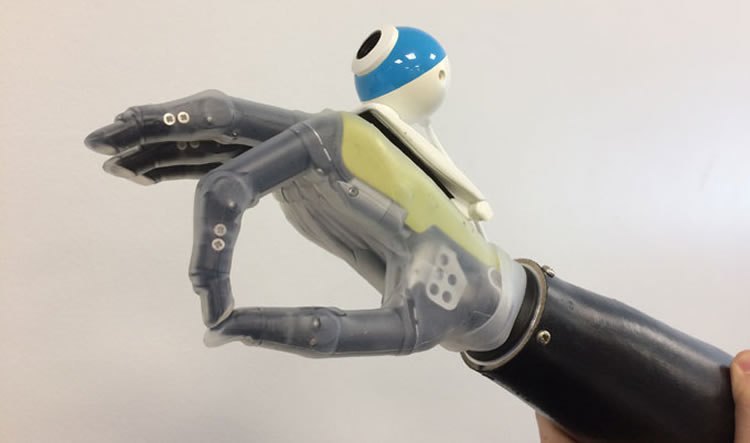
Deep learning driven prosthetic hand + camera recognize, automate required grips
Ghazal Ghazai and Newcastle University colleagues have developed a deep learning driven prosthetic hand + camera system that allow wearers to reach for objects automatically. Current prosthetic hands are controlled via a user’s myoelectric signals, requiring learning, practice, concentration and time. A convolutional neural network was trained it with images of 500 graspable objects, and taught to recognize…
-

Less invasive, soft tissue artificial retina
Oxford University student Vanessa Restrepo-Schild is developing a synthetic, soft tissue retina that more closely resembles human tissue than current artificial retina technology. Unlike existing implants, the cell-cultures are created from natural, biodegradable materials and do not contain foreign bodies or living entities. This makes the implant less invasive than a mechanical device, and less…
Got any book recommendations?